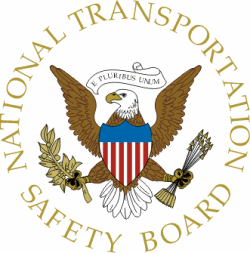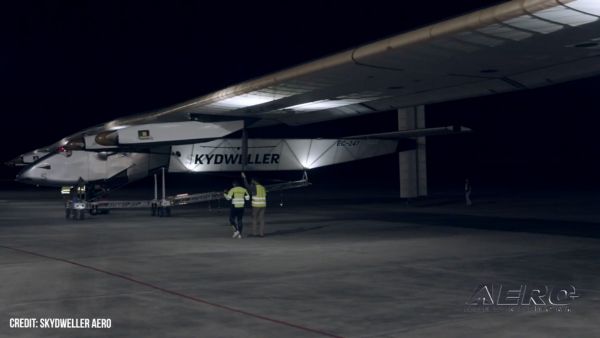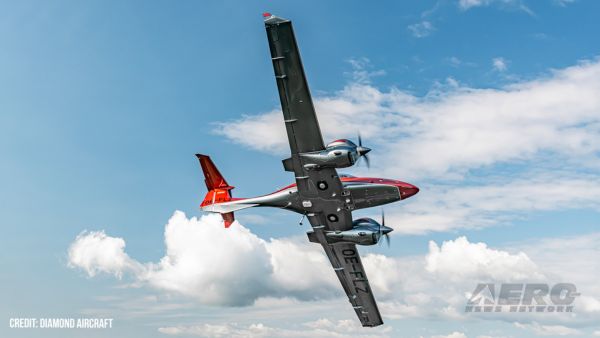Fri, Apr 24, 2015
Accident Fatally Injured Pilot, Three Passengers
The NTSB has released a probable cause report from an accident which occurred 10 miles south of Highmore, South Dakota in which a Piper PA-32R-300 airplane collided with the blade of an inoperative wind turbine. The accident resulted in the fatal injury of the pilot and three passengers.

According to the report, during a dark night cross-country flight, the instrument-rated pilot was approaching the intended airport for landing when the airplane collided with the blades of a wind turbine tower. The weather had started to deteriorate and precipitation echoes were observed on radar.
Witnesses in the area described low clouds, windy conditions, and precipitation. In addition, weather briefing records and statements made to a witness indicate that the pilot was aware of the current and forecast weather conditions for the route of flight. Investigators were unable to determine why the airplane was operating at a low altitude; however, the pilot was likely attempting to remain clear of the clouds even though both the pilot and the airplane were capable of flying in instrument meteorological conditions.

An examination of the airplane, systems, and engine revealed no anomalies that would have precluded normal operation. Toxicology findings revealed a small amount of ethanol in the pilot’s blood, which was unlikely due to ingestion since no ethanol was found in liver or muscle tissue.
The investigation revealed that the wind turbine farm was not marked on either sectional chart covering the accident location; however, the pilot was familiar with the area and with the wind turbine farm. Investigators were not able to determine what the pilot was using for navigation just before the accident. The light on the wind turbine tower that was struck was not operational at the time of the accident, and the outage was not documented in a notice to airmen. The wind turbine that was struck was the 5th tower in a string of towers oriented east to west, then the string continued south and southwest with an additional 13 towers. If the pilot observed the lights from the surrounding wind turbines, it is possible that he perceived a break in the light string between the wind turbines as an obstacle-free zone.
The NTSB determined that the probable cause(s) of this accident were the pilot's decision to continue the flight into known deteriorating weather conditions at a low altitude and his subsequent failure to remain clear of an unlit wind turbine. Contributing to the accident was the inoperative obstruction light on the wind turbine, which prevented the pilot from visually identifying the wind turbine.
(Windfarm image from Public Domain Images)
More News
The Industry Continues to be Rocked By Some Questionable Operations Recent investigations and a great deal of data has resulted in ANN’s SportPlane Resource Guide’s rep>[...]
Make Sure You NEVER Miss A New Story From Aero-News Network Do you ever feel like you never see posts from a certain person or page on Facebook or Instagram? Here’s how you c>[...]
Visual Approach Slope Indicator (VASI) An airport lighting facility providing vertical visual approach slope guidance to aircraft during approach to landing by radiating a directio>[...]
Airport Marking Aids Markings used on runway and taxiway surfaces to identify a specific runway, a runway threshold, a centerline, a hold line, etc. A runway should be marked in ac>[...]
Aero Linx: The Skyhawk Association The Skyhawk Association is a non-profit organization founded by former Skyhawk Pilots which is open to anyone with an affinity for the A-4 Skyhaw>[...]
 Unfortunate... ANN/SportPlane Resource Guide Adds To Cautionary Advisories
Unfortunate... ANN/SportPlane Resource Guide Adds To Cautionary Advisories ANN FAQ: Turn On Post Notifications
ANN FAQ: Turn On Post Notifications ANN's Daily Aero-Term (04.29.24): Visual Approach Slope Indicator (VASI)
ANN's Daily Aero-Term (04.29.24): Visual Approach Slope Indicator (VASI) ANN's Daily Aero-Term (04.28.24): Airport Marking Aids
ANN's Daily Aero-Term (04.28.24): Airport Marking Aids ANN's Daily Aero-Linx (04.28.24)
ANN's Daily Aero-Linx (04.28.24)




